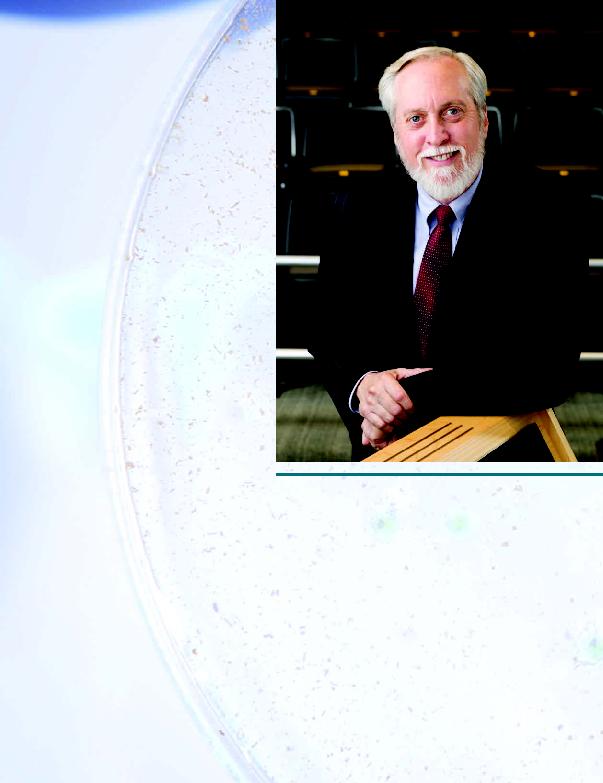
Yoon '18.
approached him, he was open and welcoming, and
we hoped he would take us on as a mentor."
(WTW)--that is, to adhere to roles and responsibil-
ities in the face of various forms of hazards, threats,
and disasters.
tive project evaluating preclinical medical, nursing,
and pharmacy health care students' willingness to
work during different kinds of infectious disease
outbreaks. A comprehensive review of the literature
revealed that their research would break new
ground.
Wattamwar took the lead in shepherding the project
to conclusion.
A Goal from the Start
ship, the students' interest evolved from an idea
with the wide audience of readers in the fields of disaster med-
icine and emergency preparedness, could improve future capa-
bilities to respond to infectious disease outbreaks and other
disasters.
Cambridge Journals.
tionally by researchers, educators, and practitioners in the
area of preparedness and response."
Student Knowledge and Willingness to Work in Infectious
Disease Outbreaks" was published online, with Dr. Patel and
Dr. Wattamwar as lead authors, Dr. Lacy as senior author, and
the five additional researchers as coauthors.
dent team, with appropriate faculty supervision, developed
the concept, performed the project, analyzed the results, and
wrote and submitted the paper," says Dr. Lacy. "From start to
finish, this was their project."
three schools of Rutgers Biomedical and Health Sciences:
Nursing, and Ernest Mario School of Pharmacy.
exceeds the supply. Equally important, understanding the deter-
minants of WTW in students during their formative educational
years may significantly affect the future response workforce.
T
E
V
E
H
S
T
E
I
N